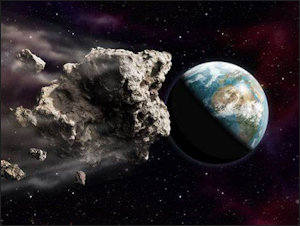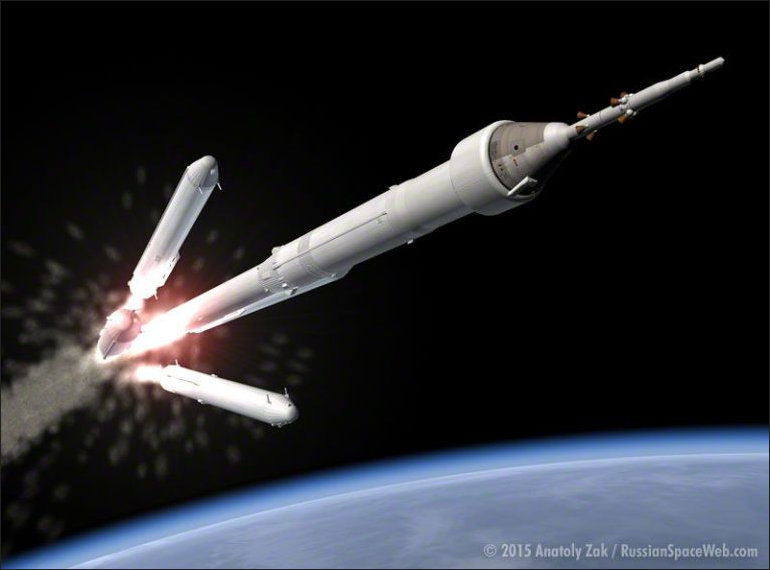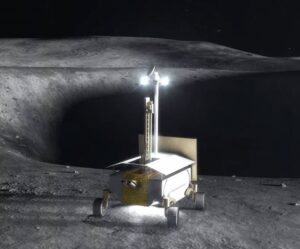
Purdue University’s “RETH (Resilient ExtraTerrestrial Habitats) Institute is working with NASA to put lunar habitat concepts through testing on earth to see how well they would survive hazards such as getting radiation-bombed, blasted by meteoroids or shaken by a moonquake, reports SyFyWire. Some of the tests happen completely onscreen. Other tests incorporate realistic quarter-scale habitats.
These trials can do things that would be physically impossible on the Moon, says Shirley Dyke, head of the program. You can change the circumstances in a cyber physical test faster than you ever would be able to in real life. If you’re testing out a habitat in a lunar lava tube, you can change the location to the Moon’s surface without physically rebuilding the entire thing.
Dyke is looking for habitat characteristics such as resilience, intelligence and autonomy. She says that smart habitats need to maintain and repair themselves — and when to send for emergency-response robots. “Eventually,” she said, “we want to develop smart habitats that can respond to changes, damage and anything that could go wrong during a mission and still maintain the integrity and safety of the science inside.”



 Drawing upon insights from a group of thought leaders and venture capitalists, a paper published by “New Space” argue that a permanently inhabited lunar outpost could be established by the early 2020s at a cost $10 billion or less.
Drawing upon insights from a group of thought leaders and venture capitalists, a paper published by “New Space” argue that a permanently inhabited lunar outpost could be established by the early 2020s at a cost $10 billion or less.
